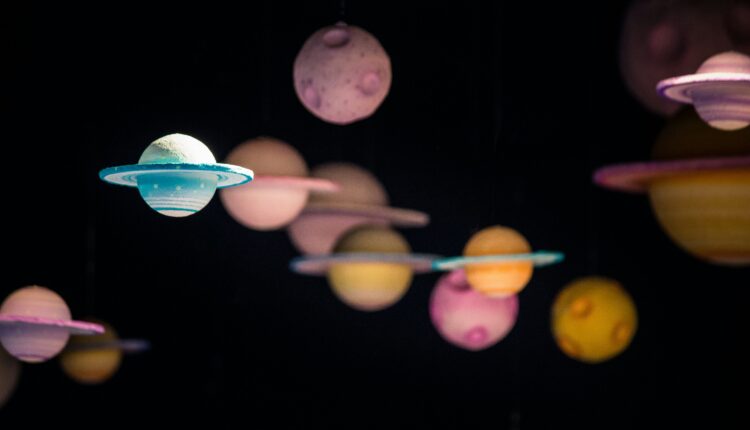
Models help Steve Kortenkamp teach astronomy to visually impaired students. (David Menidrey/Unsplash)
The University of Arizona transforms astronomy education with its innovative program helping visually impaired students explore space science through touch and technology.
A groundbreaking educational initiative at the University of Arizona is transforming how visually impaired students experience astronomy and opening new doors in STEM education. What began as one professor’s challenge to teach astronomy to a blind student has evolved into an innovative curriculum that combines tactile learning tools, mentorship, and cutting-edge technology.
Making astronomy accessible to all students
Associate Professor Steve Kortenkamp’s journey began in 2007 when he encountered his first blind student in an astronomy class. This experience led him to partner with Dr. Sunggye Hong, a blind professor who leads the College of Education’s program for the visually impaired, to develop specialized teaching materials for visually impaired students.
“Each time I taught, I tried to develop some new things that I could use in that situation,” Kortenkamp explained, describing his early adaptations of teaching materials.
Innovative teaching methods and tools
In 2019, supported by National Science Foundation funding, the professors launched a comprehensive program involving 33 middle and high school students from across the nation. The curriculum featured:
- Custom-designed tactile materials, including braille resources.
- 3D-printed spacecraft models modified for assembly by touch.
- Interactive online sessions via Zoom.
- Specialized audio software and assistive technology.
Dual mentorship approach
A unique aspect of the program paired each student with two mentors: a University of Arizona science student and a visually impaired STEM professional. This mentorship component helped students envision their potential careers in science fields.
“We wanted to help them understand that they could work in a field that maybe at first they didn’t think they had a chance to,” Kortenkamp said. The program included a week-long campus visit featuring hands-on laboratory experiences.
Measuring success and future impact
Dr. Hong reported significant positive outcomes: “The data clearly showed that the students were indeed much more closely engaged in science. The motivation was there.” Many participants have since pursued university education in scientific fields.
The program’s success has inspired plans for expansion. Kortenkamp envisions developing inclusive science classes at the university level that would benefit both visually impaired and sighted students, addressing a significant gap in current educational offerings.
Read More Here
Read More Arizona News
This story was generated in part by AI and edited by The Copper Courier staff.
This article first appeared on Good Info News Wire and is republished here under a Creative Commons license.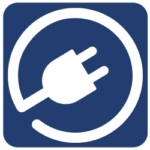
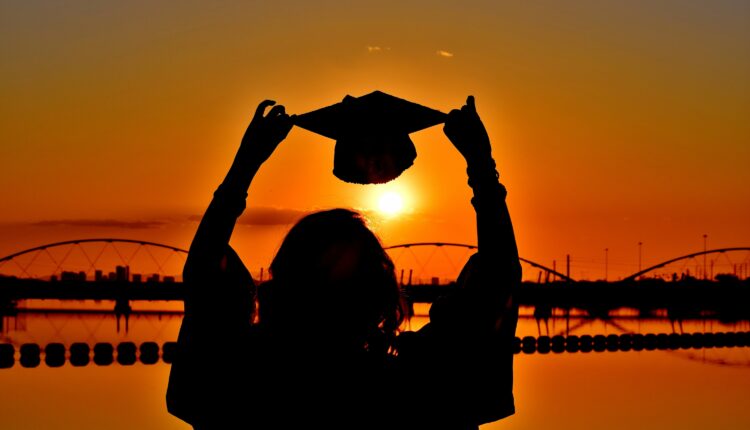
All 4 ASU campuses, ranked from best to worst
Wondering which of the four ASU campuses is best for you? Here is a ranking that considers personal growth and professional opportunity. Arizona...
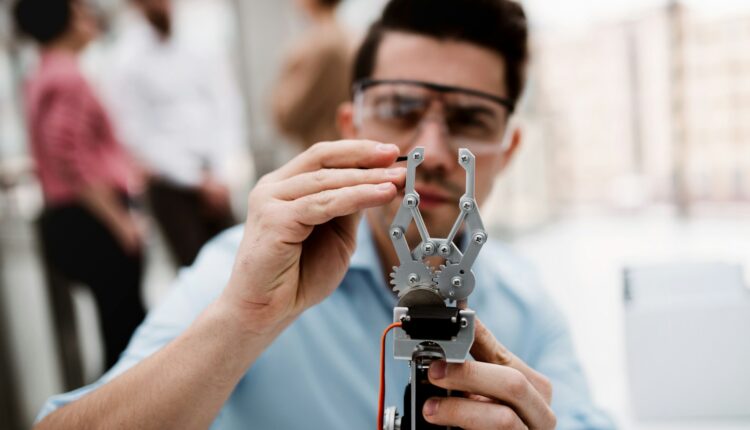
Innovation boom: University of Arizona leaps to 31st in world for patents
The University of Arizona jumped to No. 31 on the 2024 National Academy of Inventors list for utility patents. In a remarkable demonstration of its...
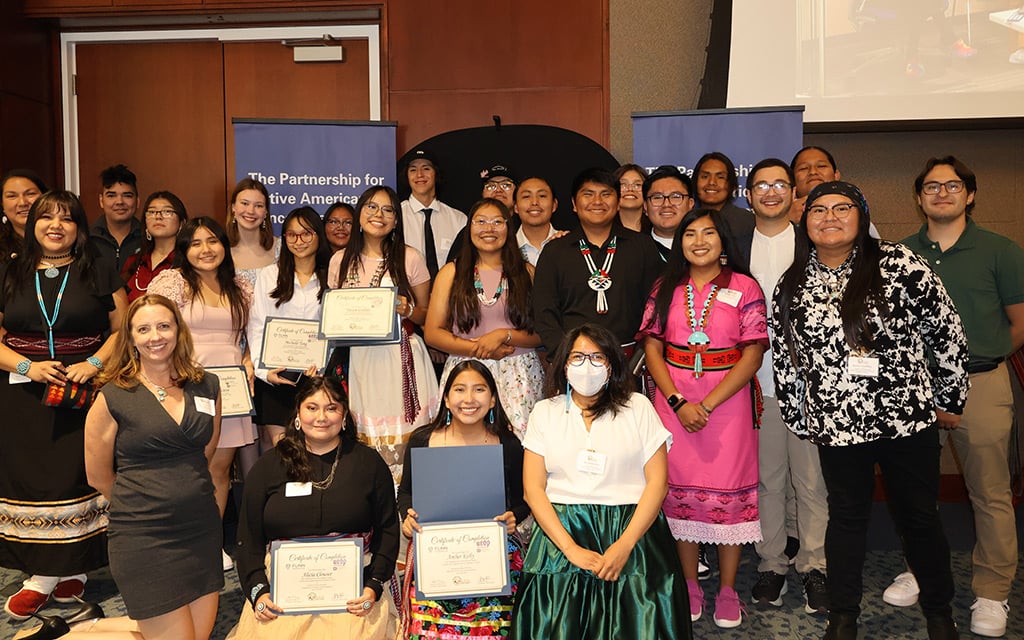
DEI order jeopardizes NAU science and health program for Native American youths
After President Trump issued executive orders targeting diversity, equity, and inclusion (DEI), the Cultural and Academic Research Experience at NAU...
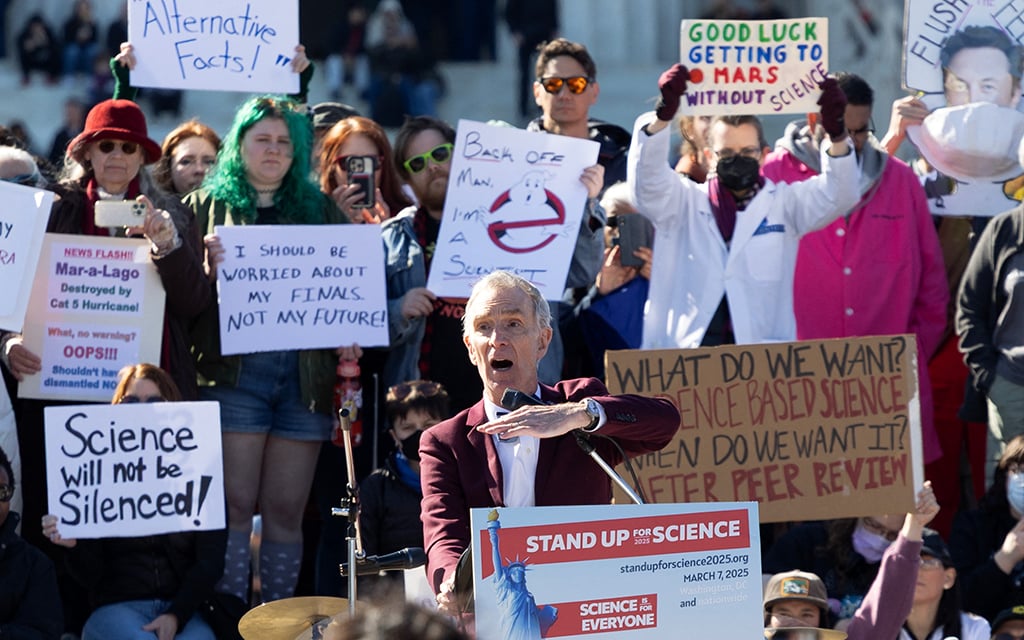
Federal science grants worth $812M could be caught in Trump’s DEI dragnet at Arizona universities
Research at Arizona universities in biology, chemistry, engineering, sound, opioids, cancer, Alzheimer’s disease, and more face cuts due to...





